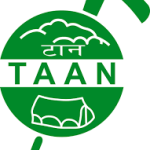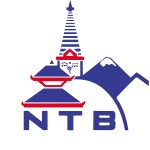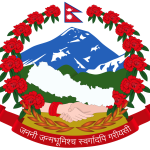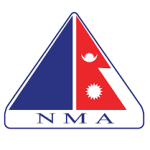Annapurna Base Camp Trek is one of the most popular treks in Nepal. Annapurna Base Camp receives thousands of tourists from all over the world who make the difficult trek up to the base camp of the South Annapurna, and to the right of which lies the 10th highest mountain in the world. There you can view beautiful scenario which may make your trek more fun and beautiful. The trek will include
- All transportation by a van and bus within Nepal
- All listed twin occupancy accommodation within Nepal.
- Meals (breakfast, lunch, and dinner) while on trekking
- All breakfast in Ktm and Pokhara
- Drinks included with meals are teas, hot lemon, and coffee
- Guide, porter, driver wages and insurance
- All necessary documents (trek permits, TIMS, tax)
When to trek?
From mid-September to November (autumn) and March to may (spring) are the most effective seasons to trek to Annapurna Base Camp. June to August (monsoon) is that the rainy months, however, this time is best for keen botanists and has clear sky generally. throughout the hike, it offers grand spectacles of blooming bush flowers during the month of March, April and may. The view of Mt. Dhaulagiri with the rising sun shining on that is one of the excellent views of this trek. At the highlight of this trek, you may climb Poon Hill trek at dawn to get pleasure from one of the foremost brilliant mountains views on the world. because the sun touches the snow-capped summits of the Himalayan Giants, (Dhaulagiri 8,167m) and Annapurna (8,091m), among several other peaks, gradually become visible magically before your eyes.
This trek offers great opportunities to witness the beauty of the Annapurna Sanctuary region with a limited short time of trekking. If you’d prefer to avoid crowd then it’s suggested to trek in winter (December – February). The temperature is cold in the mornings however not unendurable and it’s warm during day hikes and clear sky with the fantastic view most of the times.
Trip Highlights
- Spectacular and close view of Annapurna, Machhapuchhre, and Dhaulagiri
- Hot springs
- Gurung Museum in Ghandruk
- Exotic flora and fauna
- Kali Gandaki is the deepest Gorge
Routes for trek
There are 2/3 routes that you simply will take to ABC. From this, you’ll be able to plan out several itineraries. Here, all routes coincide at Chomrong and follow the same path to the base camp. The trail will go straight to the Annapurna Base Camp or take a detour to Ghorepani Poon Hill or take a smaller detour to Ghandruk or each.You can make the climbing stop and returning stop at different villages. Of course, taking different routes causes plus or minus 3-4 days.
How difficult is Annapurna Base Camp Trek?
Regarding the problem of this trek, it is terribly moderate and doesn’t demand advanced fitness levels so anyone will relish and show pride in nature walking during this trek. Also, those who are traveling with kids can also get pleasure from this trek. Trekking around Annapurna Base Camp via Ghorepani permits your body to get adapted and acclimatized with high altitude. Also, it helps you to stay your body in higher form and you will be able to tackle physically relying on aerobic walk in thin air area.
Since Traveler having previous trekking experience with work body will trek it in within a short amount of your time. The highest elevation we will reach is 4130 meter from sea level.
Some necessary item list during the trek.
Medication
- Bandage for sprains
- Plasters/Band-aids
- Iodine or water filter (optional)
- Moleskin/Second skin – for blisters
- Antiseptic ointment for cuts
- Anti-bacterial throat lozenges (with antiseptic)
- Aspirin/paracetamol – general painkiller
- Oral dehydration salts
- Broad-spectrum antibiotic (norfloxacin or ciprofloxin)
- Anti-diarrhea medication (antibiotic)
- Diarrhea stopper (Imodium – optional)
- Antibiotic for Giardia or similar microbe or bacteria
- Diamox (altitude sickness – can be bought in Kathmandu)
Clothing / Equipment List
-
- Pair trekking boots and waterproofing agent
- Pair lightweight trekking sandals
- Pairs thin walking socks
- Pairs lightweight wind – water proof pants
- T-shirts
- Fleece Jacket
- Set lightweight thermals
- North Face down Jacket (Preferably)
- Small thin towel (sports towel best)
- Soap
- Shampoo
- Sunscreen
- Extra lightweight shirt for daypacks – for stops along the way
- Hat
- Cotton or silk bag liner – optional
- Neck warmer
- Pairs ‘thinners’ gloves
- Rucksack
- Pack tissues
- Pair sunglasses
- Water filter / Iodine (you could buy boiled water in hotels/ lodges which is safe to drink.
- Camera and films
- Head torch and spare batteries
- Sleeping bag (rated -15(above) deg C during our trek)







